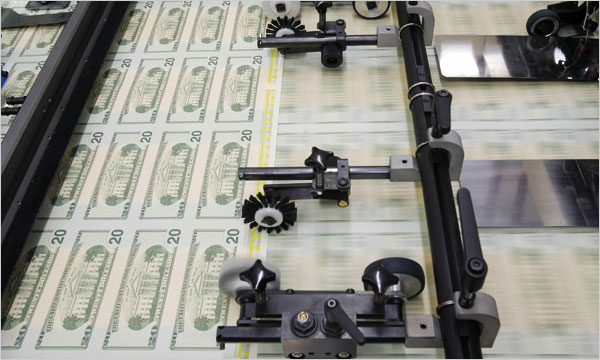One topic that seems to confuse a lot of people is the way that QE increases the broad money supply. This excellent post by Ramanan gets into the heart of the matter and I love the way Ramanan explains things here. In case you have no idea what I am talking about – QE adds to the broad money supply of bank deposits when banks buy bonds from the non-bank public and on-sell them to the Fed. There’s an appearance that Fed is determining the money supply here. But this is a lot less impactful than most people think and it’s because this idea of “money” is less important than some people think.
When QE occurs with a non-bank the non-bank receives deposits and the Fed takes a T-bonds onto its balance sheet (you can see all the accounting steps here). At its most basic level this is an asset swap where the composition of the private sector’s stock of assets changes. And that’s really the key here. If you’re like most people in the world and your spending is a function of income relative to desired saving then QE doesn’t really change the aggregate private sector’s spending habits (outside of wealth effects and things like that) because QE is a lot like taking a savings account and swapping it out for a checking account. Would you suddenly alter your spending habits if you had a CD that came due and you were suddenly more liquid? No, you’d consider the new liquid deposits within your broader saving and income stream. Basically, people obsess over this concept of “money” a bit too much and how it impacts QE. And that has ended up causing a lot of silly hyperinflation predictions and whatnot….
Anyhow, go read Ramana’s post. It’s very good.
Mr. Roche is the Founder and Chief Investment Officer of Discipline Funds.Discipline Funds is a low fee financial advisory firm with a focus on helping people be more disciplined with their finances.
He is also the author of Pragmatic Capitalism: What Every Investor Needs to Understand About Money and Finance, Understanding the Modern Monetary System and Understanding Modern Portfolio Construction.


Comments are closed.